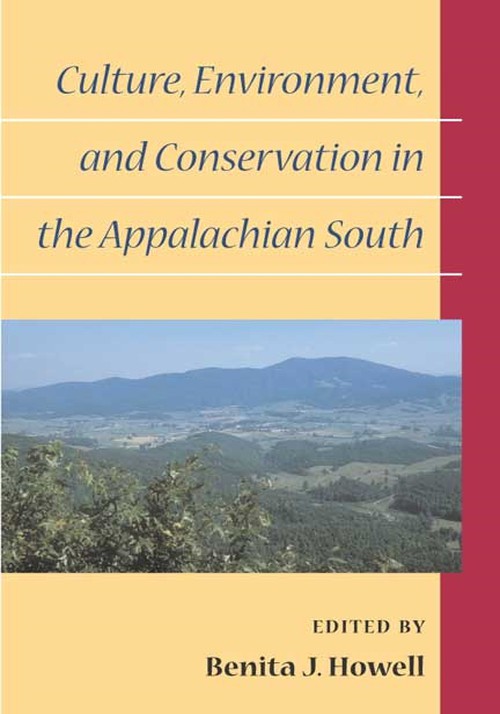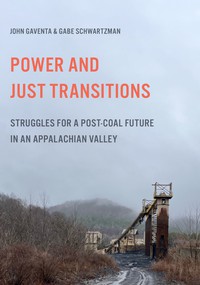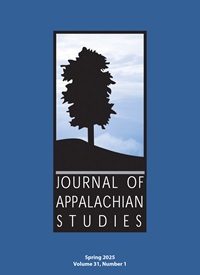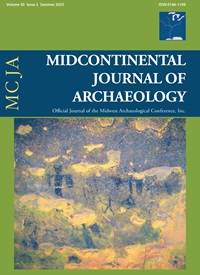
Culture, Environment, and Conservation in the Appalachian South
About the Book
Focusing on the mountainous area from northern Alabama to West Virginia, this important volume explores the historic and contemporary interrelations between culture and environment in a region that has been plagued by land misuse and damaging stereotypes of its people. Committed to taking account of humankind's place in the environment, this collection is a timely contribution to debates over land use and conservation.Debunking the nature/culture dichotomy, contributors examine how physical space is transformed into culturally constituted "place" by a variety of factors, both tangible (architecture, landmarks, artifacts) and intangible (a sense of place, long-term family habitation of land, tradition, "a way of life worth fighting for").
Archaeologists, cultural geographers, and ethnographers examine how the land was used by its earliest inhabitants and trace the effects of agricultural decline, industrial development, and tourism in the nineteenth and twentieth centuries.
Powerful case studies recount past displacement of local populations in the name of progress or conservation and track threatened communities' struggles to maintain their claims to place in the face of extralocal counterclaims that would appropriate space and resources for other purposes, such as mountaintop removal of coal or a power company's plans to export electricity from Appalachia to distant urban centers. Contributors also record successful community planning ventures that have achieved creative solutions to seemingly intransigent conflicts between demands for economic wealth and environmental health.
Reviews
"A mountainous, resource-rich region near major centers of population, [Appalachia] has been farmed, mined, logged, prospected for medicinal herbs, toured, locally industrialized, and -- not least -- used as a source of cheap labor. Even in in pre-Columbian times, change was fairly rapid, as intensive agriculture and forest management spread up the rivers. This book brings together specialized papers documenting both pre-and post-Columbian changes. . . . [Together] they provide a picture of swift, sometimes chaotic change in a region wrongly believed to be highly 'traditional.'" -- Choice"Readers come away with concrete knowledge about nine community struggles spread across Southern Appalachia . . . [as well as] a realization that the environment can best be protected by those who feel that need as an imperative arising out of their cultural heritage. . . . A must-read for environmental activists as well as for anyone interested in the social sciences." -- Appalachian Heritage













